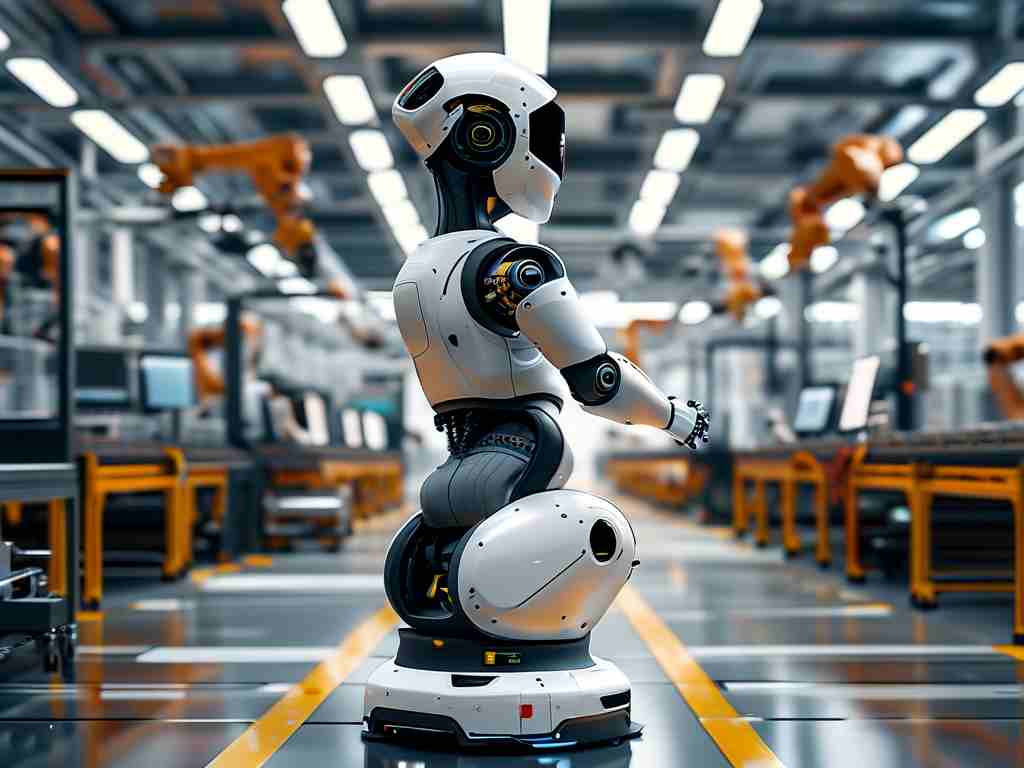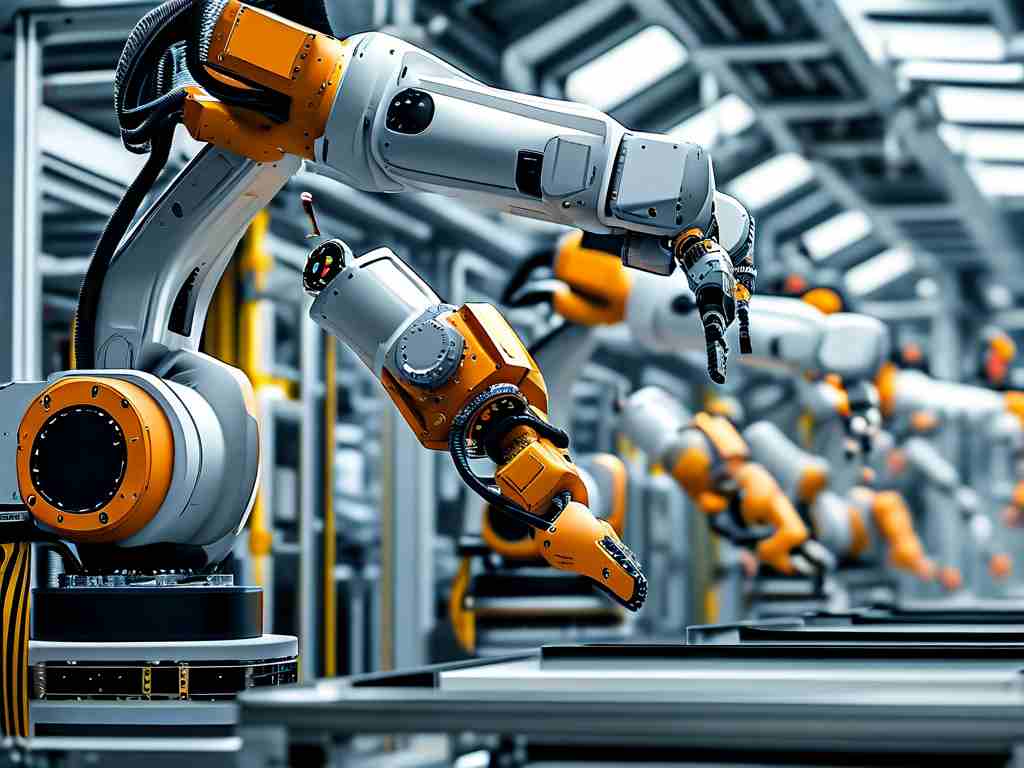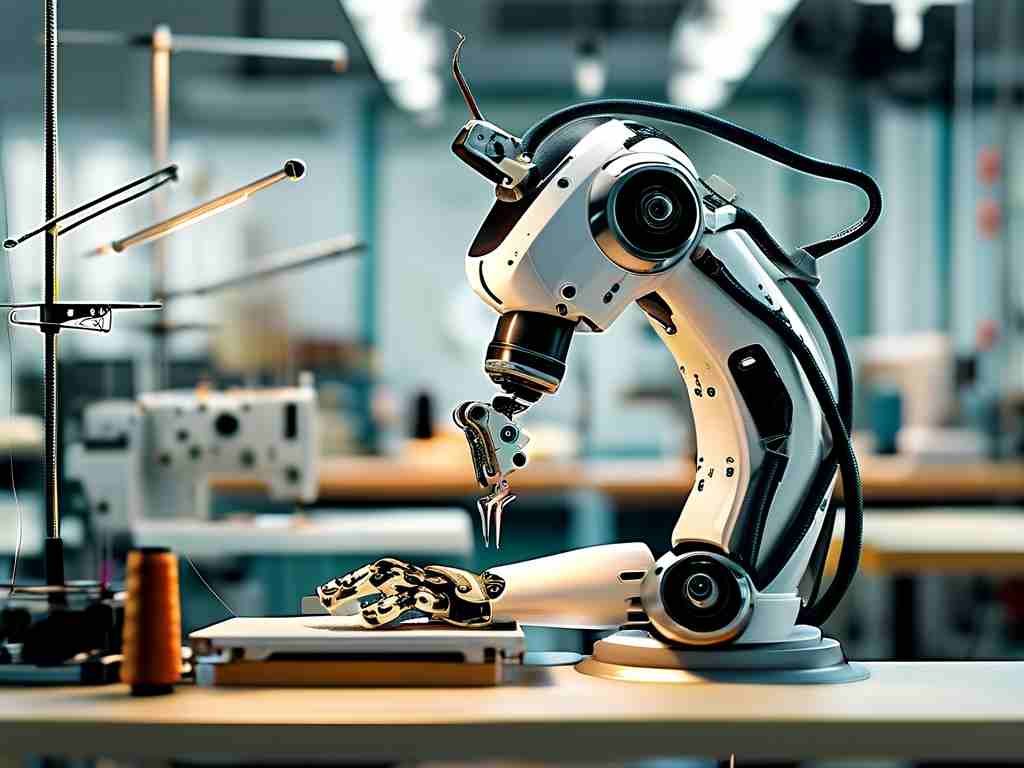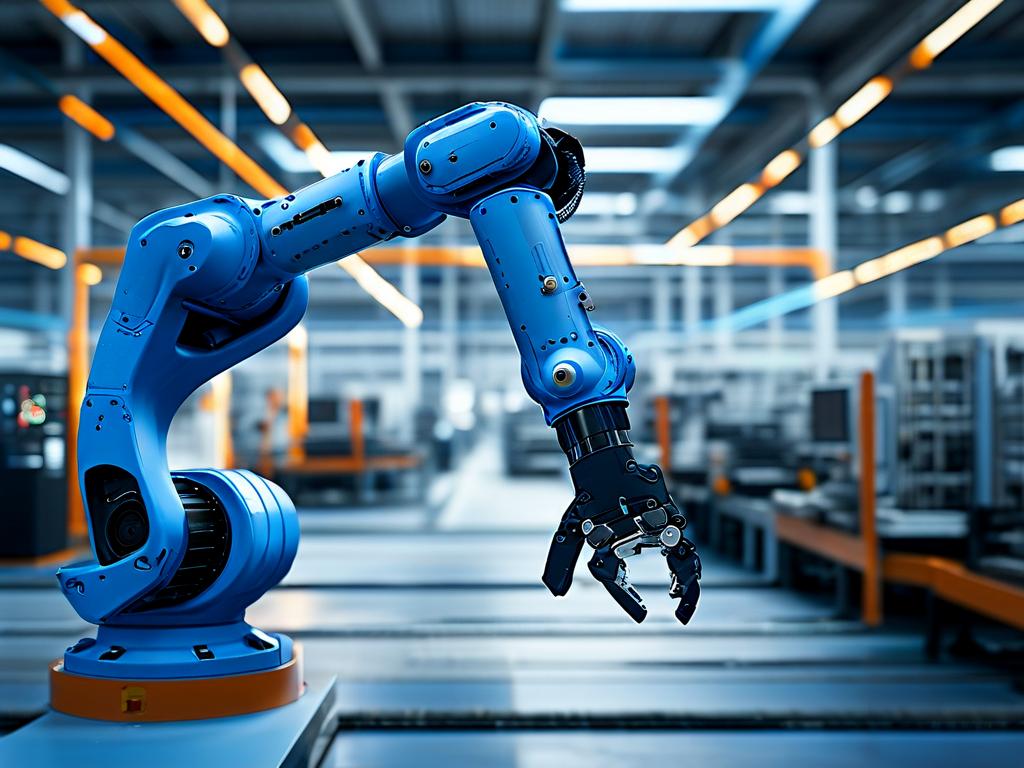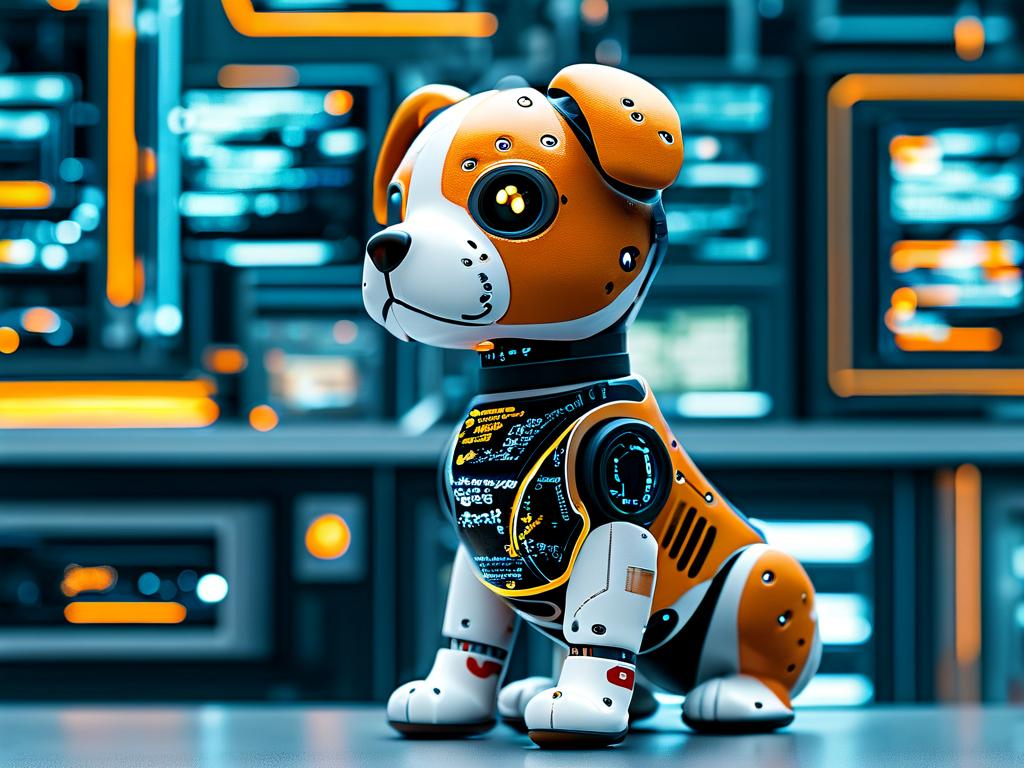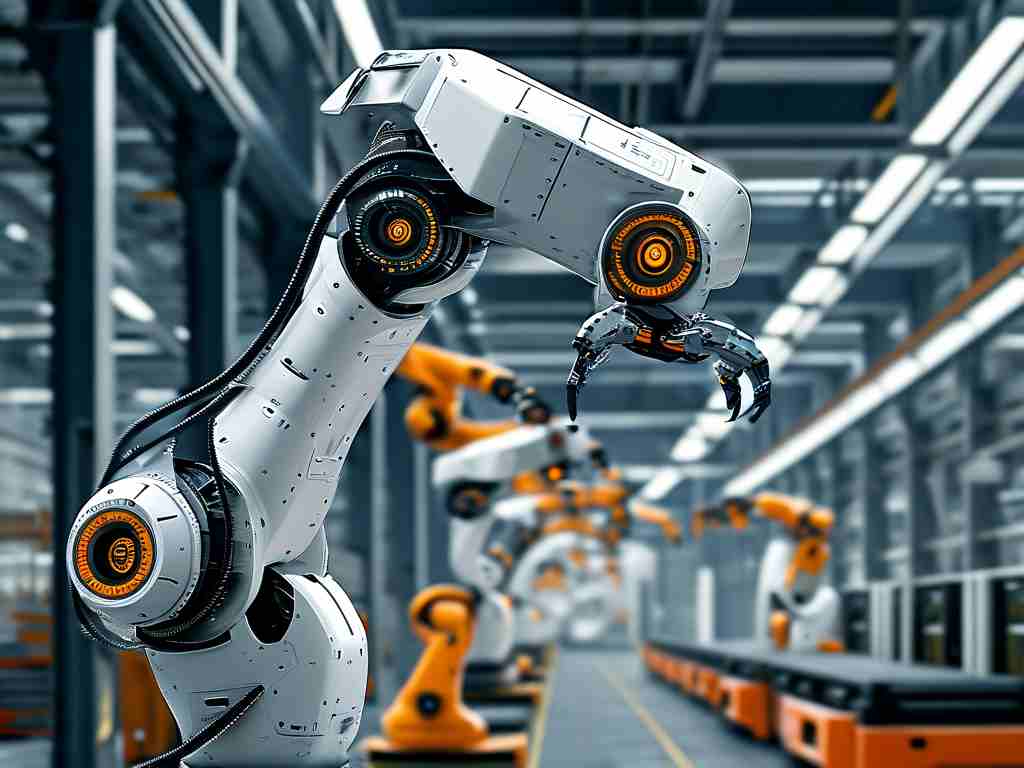The integration of robotics into China’s table tennis training programs has reshaped the landscape of competitive sports. Over the past decade, the Chinese national team has leveraged advanced robotic systems to enhance player performance, refine techniques, and maintain its dominance on the global stage. These innovations are not merely tools for repetition but sophisticated partners capable of simulating real-match scenarios with unparalleled precision.
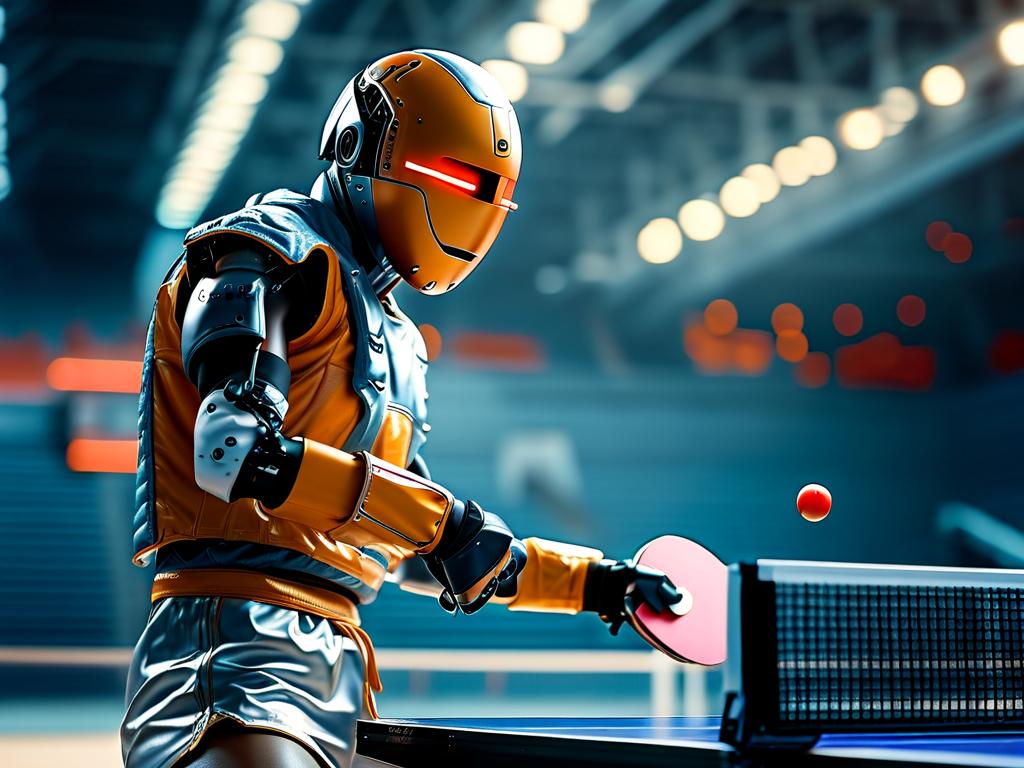
At the core of this technological leap are AI-driven robots equipped with adaptive algorithms. Unlike traditional ball-launching machines, these robots analyze player movements in real time, adjusting spin, speed, and trajectory to mimic the styles of top international opponents. For instance, the "PongBot" series, developed in collaboration with Tsinghua University, uses high-speed cameras and machine learning to replicate the playing patterns of athletes from Japan, Germany, and South Korea. This allows Chinese players to practice against virtual counterparts that behave identically to their human rivals.
One groundbreaking feature is the robots’ ability to provide instant feedback. Sensors embedded in training tables and rackets capture data on swing angles, ball contact points, and footwork efficiency. Coaches receive detailed analytics via cloud-based platforms, enabling them to identify weaknesses and tailor drills accordingly. During a 2023 training camp, this system helped Olympic gold medalist Fan Zhendong correct a recurring backhand flaw that had previously gone unnoticed in conventional sessions.
The development of these robots also addresses a critical challenge in elite sports: the scarcity of high-quality sparring partners. Younger athletes often struggle to adapt to the intensity of veteran players, but robots bridge this gap by delivering consistent, high-pressure scenarios. Zhang Jike, a retired Grand Slam champion, noted in an interview that robotic training partners have become indispensable for nurturing next-generation talent. “They never tire, never lose focus, and can push trainees beyond their limits,” he remarked.
Beyond technical training, robotics plays a role in injury prevention. Wearable devices synced with robots monitor athletes’ muscle fatigue and joint stress. If a player’s risk of injury exceeds safe thresholds, the system automatically reduces training intensity. This proactive approach has significantly lowered injury rates among national team members, ensuring peak performance during major tournaments.
However, the adoption of robotics is not without challenges. High costs and maintenance requirements limit accessibility for regional teams, creating a disparity between elite and grassroots programs. To address this, China’s General Administration of Sport recently launched a subsidy initiative, providing funding for provincial academies to acquire scaled-down versions of these robots. Early results show promising improvements in regional player rankings.
Internationally, China’s robotic advancements have sparked both admiration and concern. While countries like Sweden and South Korea are investing in similar technologies, critics argue that over-reliance on machines could diminish the human element of coaching. Yet, proponents counter that robots complement rather than replace traditional methods. As national coach Li Falcon explained, “The best outcomes come from blending human intuition with machine precision.”
Looking ahead, researchers are exploring next-gen applications, such as holographic opponents and emotion-sensing AI. These innovations aim to simulate not just physical techniques but also the psychological pressures of high-stakes matches. Trials using VR headsets and biometric feedback are already underway, with plans to integrate these systems into mainstream training by 2025.
In , China’s table tennis robots represent a paradigm shift in sports science. By merging cutting-edge technology with athletic rigor, they ensure that the nation remains at the forefront of competitive table tennis while setting a blueprint for other sports to follow. As these systems evolve, they will likely redefine what it means to train like a champion.


